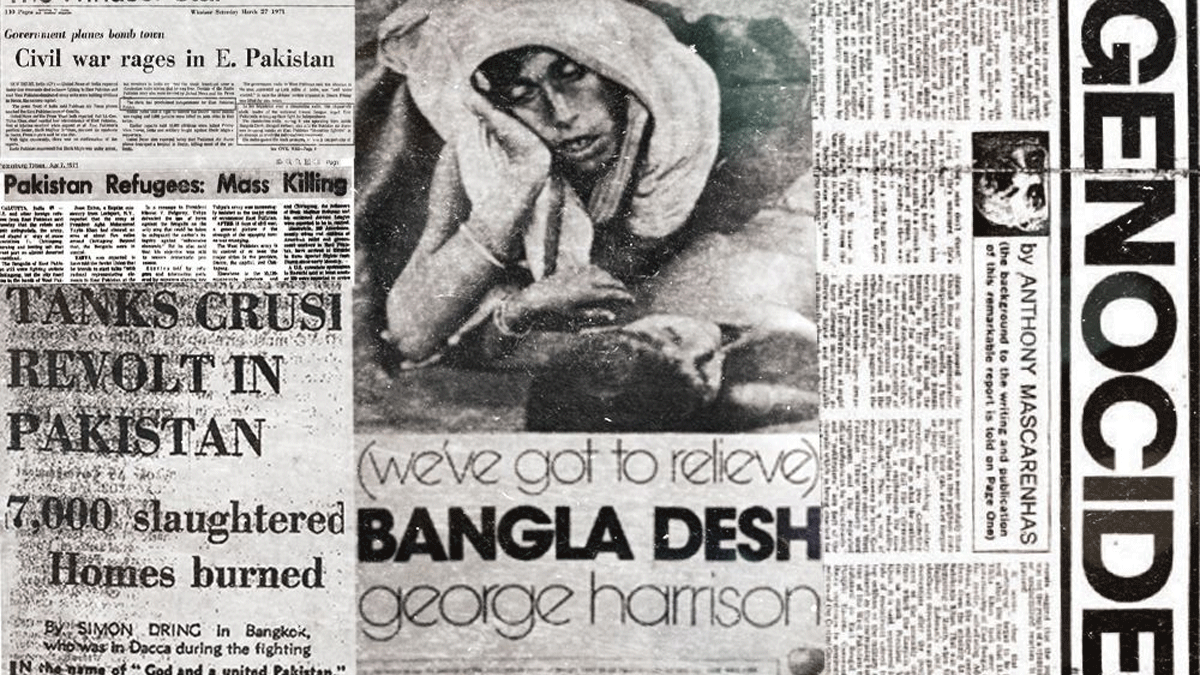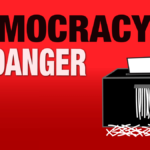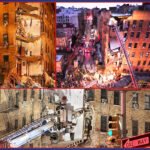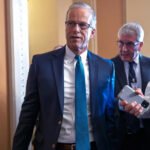The Bangladesh genocide was the genocide of Bengalis in East Pakistan by Pakistan army and their local agents in 1971. In Bangladesh it is popularly known as the “Gonohotta.” It is a lesser-known genocide in the international humanitarian discourse. Here are 10 things you need to know about the genocide.
1
It was a fast-paced genocide conducted in just 9 months. Bangladesh emerged as a free independent country after a nine-month long war against Pakistani army on 16 December 1971. It all started on the night of 25 March 1971, when the Pakistan authority launched military crackdown called “Operation Searchlight.” The aim of the crackdown was to neutralize the independence movement of Bengalis in the then East Pakistan.
2
It was a planned crackdown by Pakistani authorities and their agents in East Pakistan. The Pakistani military junta mobilized their soldiers and local collaborators on a killing spree. At the outbreak, the junta imposed a media blackout. But the news of the junta’s genocidal acts was dispatched by some international journalists, who took the risk to cover the war.
3
The genocide evidences were out as soon as the war ended. After the war, evidences of torture sites, detention centers, mass graves and rape camps started to emerge. Testimonials of survivors and victims’ families, along with media reports of war crimes against the Bengalis, pointed towards a genocide. Incidences of mass-killing, torture, mutilation, rape and sexual violence, slavery and destructions were systematically documented by international fact-finding commissions, including from the United Nations and the War Crimes Facts Finding Committee, Bangladesh.
4
Rape was systematically used by Pakistani army and their local agents to silence the freedom movement. Pakistani army used rape as a weapon of war, one of the first times in warzones. In her 1975 ground-breaking book, Against Our Will: Men, Women and Rape, Susan Brownmiller likened the 1971 events in Bangladesh to the Japanese rapes in Nanjing and German rapes in Russia during World War II. Her research found that “200,000, 300,000 or possibly 400,000 women were raped.”
5
It was an ethnic cleansing. Pakistani army followed all the processes of a genocide against ethnic Bengalis in 1971. It was textbook example of UN’s Genocide Convention-defined genocide. Unfortunately, 1971 genocide history is lesser known to people outside Bangladesh. Its widespread recognition is long due.
6
Immediately after war, the war crime trials started, but it soon stopped. After independence, the administration, led by Bangabandhu Sheikh Mujibur Rahman, set up a process to try the perpetrators of the genocide. Mujib-administration also made efforts to highlight the Pakistani junta’s war crimes to the international community. Shortly after the initiation of the trial process, Mujib was assassinated in 1975. Then after, the vested ideological quarters of the Pakistan-era took charge of Bangladesh. Soon talks about Pakistani junta’s genocide became a hush hush topic, and remained so for two decades.
7
War crime trials and the genocide recognition efforts jumpstarted from 2010. Since 2010, some efforts for international recognition of Bangladesh genocide of 1971 have been taken by civil society platforms and diaspore groups. In 2017, Bangladesh declared March 25 as Genocide Day. Since then, March 25 is observed as Genocide Day in Bangladesh, marking the brutalities carried out by Pakistani Army in 1971. Bangladesh’s Foreign Ministry has made advocacy of international recognition of 1971 genocide as part of its policy. Bangladesh has a Ministry for ‘Liberation War Affairs,’ which is playing an important role in pushing the agenda of genocide recognition through research.
8
Bangladesh’s civil society is leading the charge of genocide recognition. A number of advocacy initiatives have been taken by civil society and diaspora groups in support of genocide recognition. Forum for Secular Bangladesh, Liberation War Museum, and Genocide-Torture Archive and Museum have been making continuous efforts to achieve international recognition of the genocide. In 2022, a Netherlands-based diaspora organization, Bangladesh Support Group (BASUG), along with two Bangladeshi platforms, Projonmo ’71 (an organization of children of 1971 martyrs) and Aamra Ekattor (an organization working on the values and spirit of the Liberation War), formally appealed to the UN Human Rights Council to recognize the Bangladesh genocide.
9
Research organizations are joining on Bangladesh genocide recognition efforts. Global genocide research organizations – Lemkin Institute for Genocide Prevention, Genocide Watch, the International Coalition of Sites of Conscience and International Association of Genocide Scholars (IASG) have already recognized Bangladesh genocide. They called upon international community, including the UN, to immediately recognise the Bengali genocide as a way to pay tribute to the victims and to hold perpetrators accountable.
10
The reconciliation and genocide recognition are at the soul of Bangladesh – a long way to go. Global recognition for 1971 genocide, especially from the UN, is significant for Bangladesh in multifarious ways. It will be a boost for young generations in Bangladesh to be sensitized about historical context of the country’s genesis and the brutalities carried by Pakistani junta and their local agents.
Courtesy: cri.org.bd







